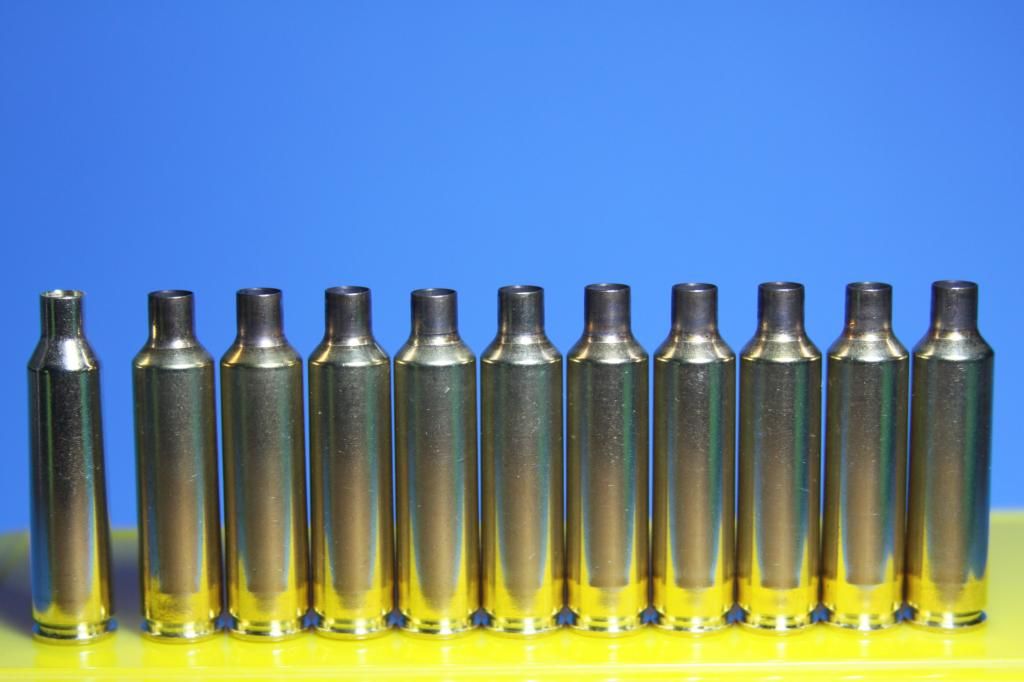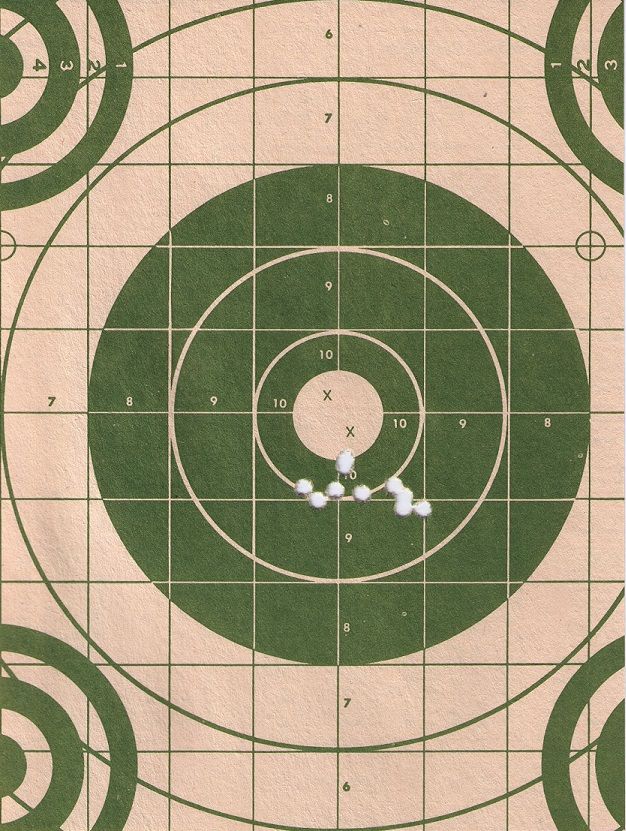Is there a rule of thumb guideline for the approximate increase in pressure when you seat the bullet long and it is jammed into the lands of your rifle?
I seem to recall the estimated increase is around 7K PSI. My reason for asking is I am going to fire forming some 22-250 AI brass, and I intend to load the bullets so I have about 0.010" interference with lands so the case head is tight against the bolt face.
I do realize some of the pressure increase will be lowered due to the case expansion that occurs as it reforms from 22-250 to the Ackley Improved version of the 22-250.
I seem to recall the estimated increase is around 7K PSI. My reason for asking is I am going to fire forming some 22-250 AI brass, and I intend to load the bullets so I have about 0.010" interference with lands so the case head is tight against the bolt face.
I do realize some of the pressure increase will be lowered due to the case expansion that occurs as it reforms from 22-250 to the Ackley Improved version of the 22-250.


